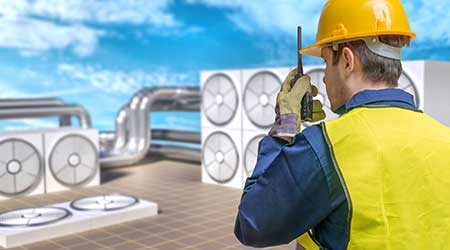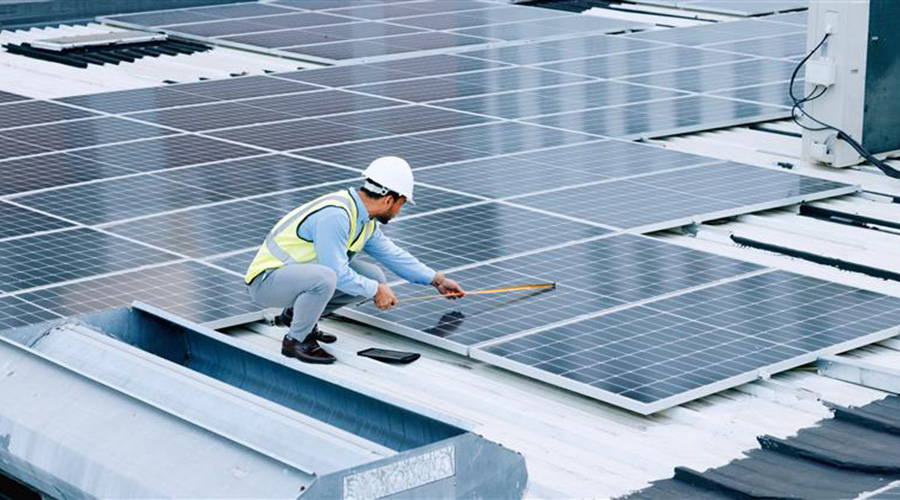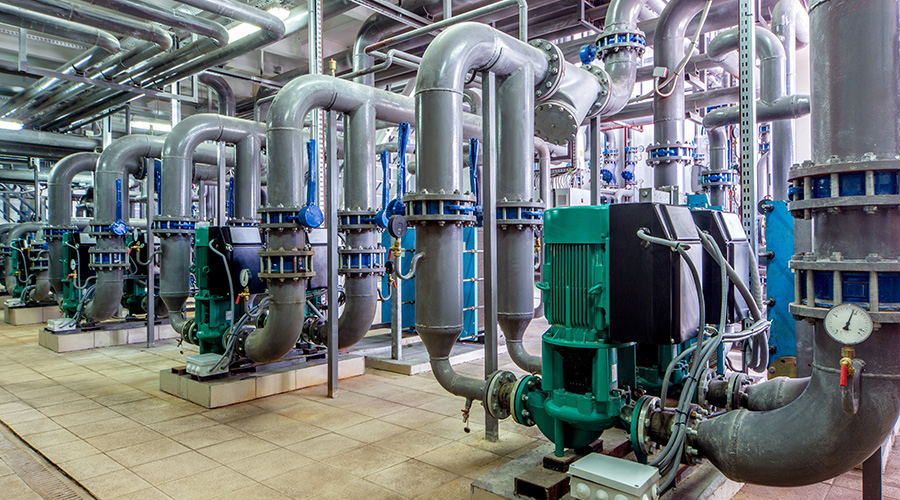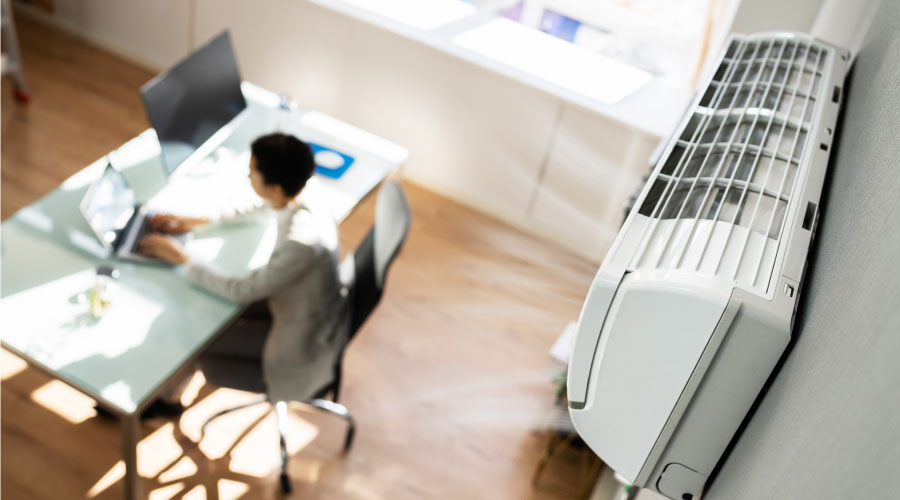 Managers need to determine whether an existing unit can perform recent innovations in heating and cooling that can save hundred of dollars a month.
Managers need to determine whether an existing unit can perform recent innovations in heating and cooling that can save hundred of dollars a month.HVAC Repair-Replace Decision Depends on Timing
How do managers know when it's time to either repair or replace an HVAC system.
Part one of a two part series.
Maintenance and engineering managers have faced the question many times: Is it better to repair or replace this piece of equipment? Especially when it comes to larger HVAC equipment, such as air handlers, chillers and boilers, the question does not have an easy answer.
While initially repairing the equipment is a less expensive option and one that might very well be an effective solution to the problem, it also might be no more than a temporary fix that eventually will end up costing the organization significantly more in the long run.
Nobody can answer this question better than the managers, supervisors and front-line technicians who are responsible for maintaining the systems and equipment daily. Managers need to consider several steps to ensure they make the most appropriate decision based on the most up-to-date information possible. Managers first must answer two important questions: How much does it cost to run and maintain the current system? How much energy does the system use?
Spotlight on data
The process of replacing a large piece of equipment can be expensive and time-consuming. While these costs might seem daunting to managers, it is important for them to consider the idea of a large replacement project as a seriously viable option.
Many of the new larger systems — including chillers, air handlers, and boilers — can run virtually maintenance free and are significantly more efficient than the older, outdated systems that still inhabit many buildings across the country. But the presence of an older system does not necessarily mean that it requires an entire overhaul.
When making such decisions on big-ticket items, managers need essential information about the equipment, including repair history, trending logs, maintenance logs, and operation and maintenance manuals for each piece of equipment.
With this information, managers can clearly determine the unit’s operating efficiency, as well as the overall effectiveness of the system as it relates to its central function, whether that is heating hot water, chilled water, or heating or cooling air. In analyzing this information, managers might discover that, in reality, some of the smaller units — pumps, control valves, and motor drives, for example, — are out of date and are affecting the ability of the larger unit to run at its full efficiency.
Ensuring efficiency
When analyzing the current operating cost of the unit in question to determine whether repair or replacement is the smartest decision, managers need to determine whether the unit is capable of performing some of the more recent innovations in heating and cooling that can save hundreds of dollars a month.
For instance, an air-handling unit can be made more efficient by controlling the unit to allow a mix of outside air and return air, depending on outside weather conditions. This tactic can eliminate much of the heating and cooling costs due to less assistance needed from the different heating and cooling devices used when conditioning the air.
Another way to prevent waste in the process of heating or cooling energy is to automate occupancy schedules on individual rooms. This step can ensure that when rooms are not in use for significant periods of time — usually more than 30 minutes — the equipment is not using energy unnecessarily.
An update to the controls and monitoring of larger systems can also provide much-needed information on the unit’s efficiency. A system that is not controlled remotely under specific sequences to provide individualized operation for a specific building is wasting a great deal of energy.
Setting up an automated controls system for larger equipment and even some smaller equipment can reduce energy use because not all buildings run at the same load requirements, and much of the load used is unique to the way occupants use the building.
Installing automated systems can reduce or even eliminate the need for a more expensive replacement of smaller units or even an entire system. The reason for this is because operators can ensure that when rooms are not occupied, they are not receiving unnecessary heating or cooling. When this strategy extends to the entire building, the result is greatly reduced heating and cooling costs.
Related Topics:













